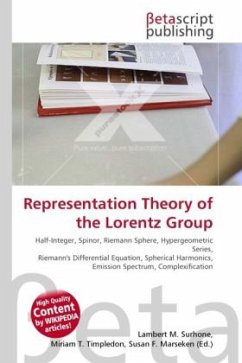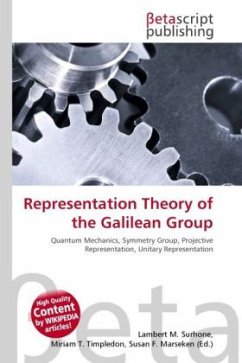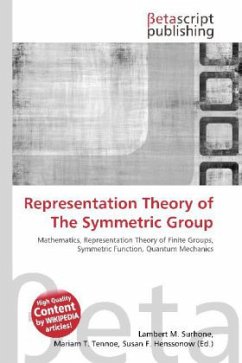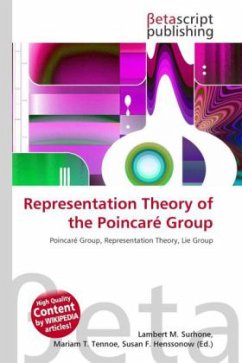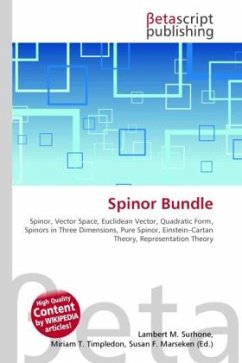High Quality Content by WIKIPEDIA articles! According to general representation theory of Lie groups, one first looks for the representations of the complexification of the Lie algebra of the Lorentz group. A convenient basis for the Lie algebra of the Lorentz group is given by the three generators of rotations Jk= ijkLij and the three generators of boosts Ki=Lit where i, j, and k run over the three spatial coordinates and is the Levi-Civita symbol for a three dimensional spatial slice of Minkowski space. Note that the three generators of rotations transform like components of a pseudovector J and the three generators of boosts transform like components of a vector K under the adjoint action of the spatial rotation subgroup. This motivates the following construction: first complexify, and then change basis to the components of A = (J + i K)/2 and B = (J i K)/2. In this basis, one checks that the components of A and B satisfy separately the commutation relations of the Lie algebra sl2 and moreover that they commute with each other

